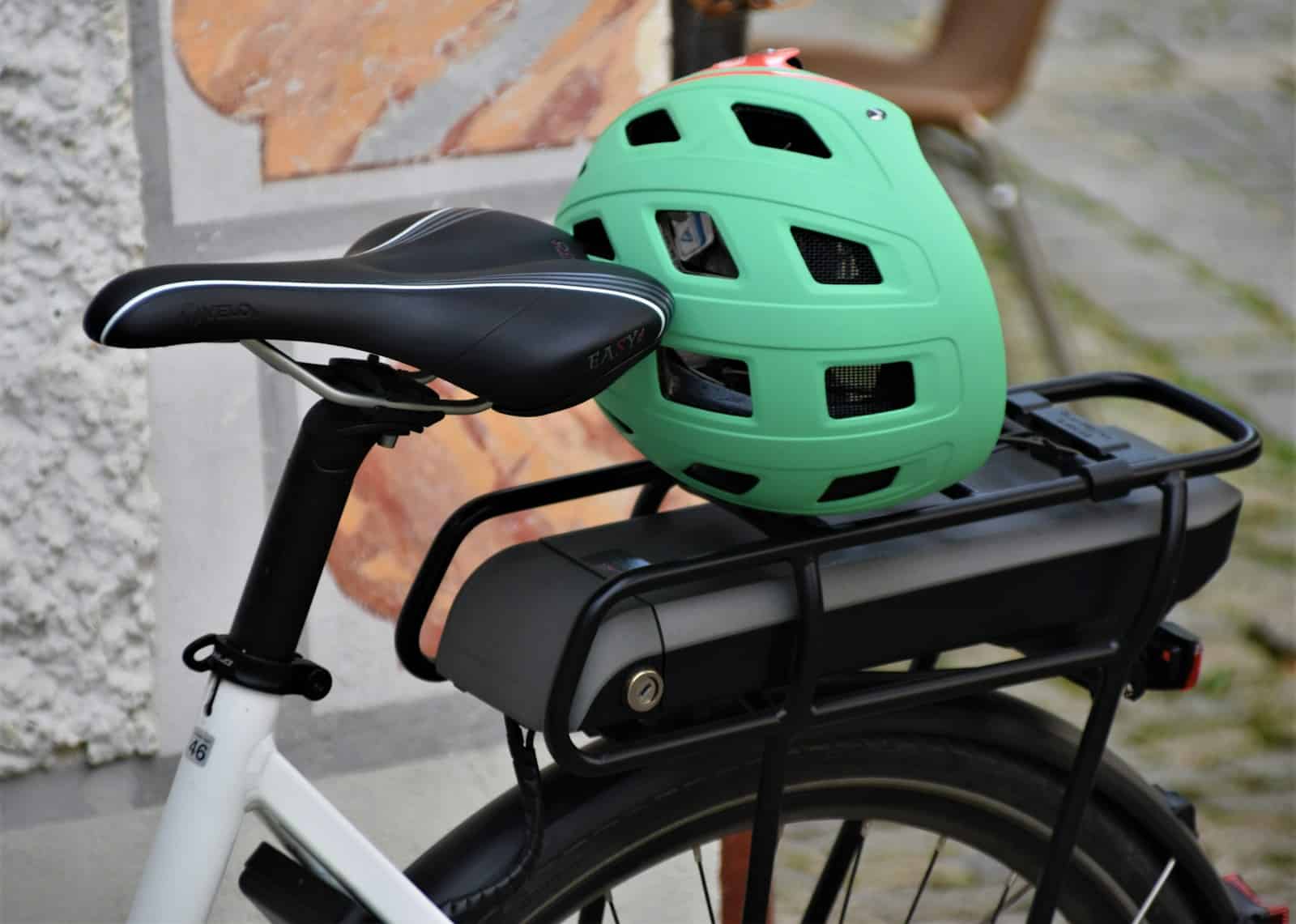 Photo by Waldemar / Unsplash.com
Photo by Waldemar / Unsplash.com
More injuries on e-bikes: Injuries and expenses increasing significantly
The number of accidents involving e-bikes has risen by 76 percent in the past five years. This is shown in a new report from the University of Southern Denmark and Odense University Hospital, which also highlights the use of helmets as a simple and inexpensive solution to prevent particularly serious injuries.
Since 2019, the sales of e-bikes have doubled, and according to Statistics Denmark, every eighth Danish family now owns an e-bike. The increased prevalence of e-bikes is reflected in accident statistics: In Funen, the number of injuries from e-bike accidents has increased by around 76 percent, with associated treatment costs rising by approximately 73 percent.
“Year after year, the number of e-bike accidents is increasing, and in the healthcare sector, we are spending more and more money on treating individuals injured on their e-bikes,” says Jens Lauritsen, professor at the Accident Analysis Group, Clinical Institute, and Odense University Hospital.
On the contrary, the number of accidents involving regular bicycles has remained unchanged during the same period.
One in three suffers serious injuries
The report, led by Jens Lauritsen and his colleagues in the Accident Analysis Group, is based on data from Funen. In 2019, 201 individuals were treated at Odense University Hospital or Svendborg Hospital after e-bike accidents – by 2023, this number had increased to 382.
Approximately one in three of those injured suffered serious injuries such as broken bones, concussions, major wounds, nerve damage, or internal injuries.
According to Jonas Ammundsen Ipsen, PhD and research associate in the Accident Analysis Group, only about half of the injured cyclists were wearing helmets.
“It’s really unfortunate because we can see that about one in three suffer serious injuries such as concussions or broken bones,” he says.
Encouragement to use helmets
The increase in injuries and healthcare expenses concerns researchers, especially as prevention is possible with simple measures.
“The fact that expenses rise when the number of accidents increases is not surprising, but it’s a regrettable and expensive trend, especially since we have effective and inexpensive means to prevent particularly serious and very costly accidents,” says Jens Lauritsen.
A new Norwegian report shows that a helmet can halve the risk of head injuries or death and reduce the risk of facial injuries by 25 percent.
“Today, you can get a CE-marked bike helmet for around 300 DKK. That’s a very low price for such effective protection,” explains Lauritsen, adding:
“Therefore, our clear recommendations are still that you should wear a helmet when cycling.”Translate
Good advice for your bike helmet:
Make sure that your bike helmet fits properly, is correctly adjusted, and stays securely on your head. You can get help to check this from a bike shop.
The helmet should bear the CE mark. If it is marked EN 1078, it complies with a European safety standard for bike and skate helmets.
Buy a new bike helmet if it has been subjected to a hard impact or blow, or if something is broken on it.
Source: Consumer Council Tænk

